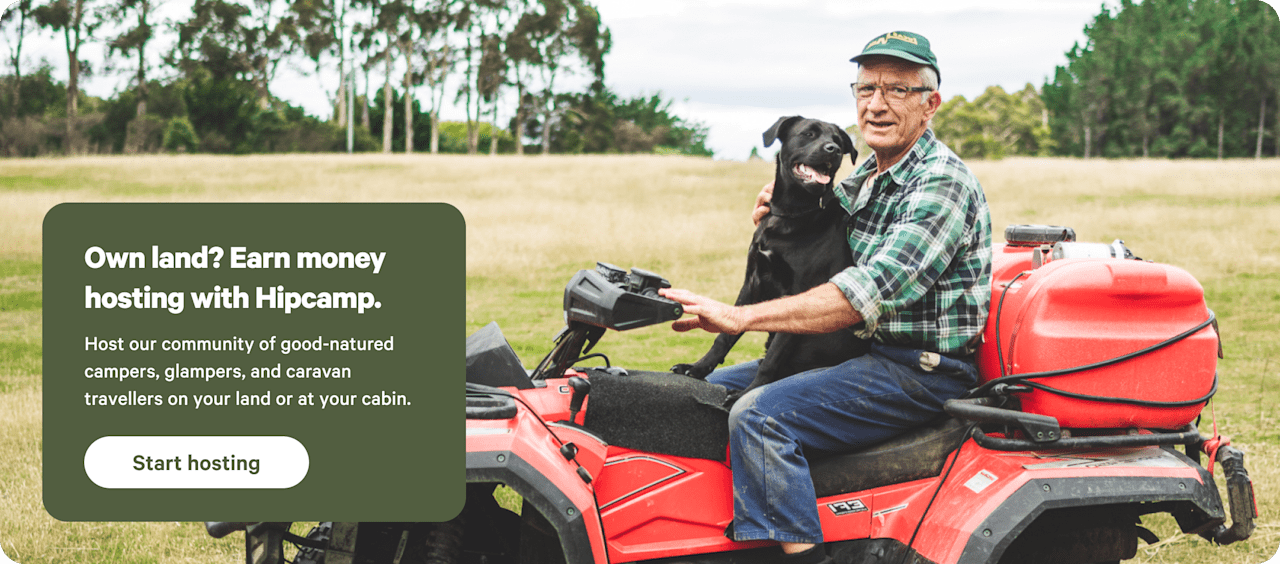Cabins near Lochboisdale with showers
Lochboisdale is the gateway to the beautiful beaches, flower-filled machair and tall mountains of South Uist.
- Lochboisdale
Popular camping styles for Lochboisdale


Cabins near Lochboisdale with showers guide
Overview
Visitors arriving on South Uist by ferry from Mallaig or Oban on the Scottish mainland disembark in Lochboisdale, the island’s main settlement. The village is largely centred around the coming and going of the ferries but is worth lingering to enjoy the beautiful setting or to have a drink and bite to eat in the Lochboisdale Hotel. Sailors can cruise around the Minch and up the sheltered east coast of South Uist, while keen bikers can rent a bicycle to explore the surroundings. Close to the harbour, the tourist information centre is worth a visit for planning your stay.
Where to go
Lochboisdale
Lochboisdale is the departure point for a variety of tours around the island, such as wildlife-watching walks and boat trips, as well as fishing charters and archaeology focused tours. Eight miles (13 kilometres) south of the village, Kilbride Campsite has pitches for tourers and tents: it’s in a handy location for Hebridean Way walkers crossing the causeway to Eriskay.
Locheynort
Centrally located Locheynort offers easy access to all of the island’s highlights. From here you can head out along the coastal path to spot otters and sea eagles or hike up to the summit of Beinn Mhòr, which, at 620 metres (2,000 feet), is the highest point on the island.
Kildonan
Six miles (10 kilometres) northwest of Lochboisdale, the Kildonan Museum is small but packed full of fascinating artefacts and also has a tearoom and craft shop. History lovers will want to head half a mile south of the museum to see a cairn that marks the site of Flora MacDonald’s birthplace. A 10-minute drive south takes you to the Bronze Age roundhouses of Cladh Hallan.
Loch Skipport
In the north of the island, Loch Skipport is famed for its friendly wild ponies and is the starting point for climbing Hecla, the island’s second-highest mountain. Bonnie Prince Charlie history is also a draw here: you can take a Bonnie Prince Charlie-themed boat trip to learn more.
When to go
May through August is the best time to visit South Uist and the rest of the Outer Hebrides. The days are long, the weather is at its best and the machair, covered in colourful wildflowers, is at its most beautiful. Outside of the spring and summer months, you’ll likely find businesses closed. Winter, while not too cold, often brings storms, which frequently force ferries to be cancelled: flexible plans are a must if visiting in winter.
Know before you go
- Not all campsites are open year-round: check opening dates before travelling.
- If choosing to wild camp, be sure to adhere to the Scottish Outdoor Access Code.
- For stocking up on groceries, your best bet is the Co-Op Daliburgh, a five-minute drive north of Lochboisdale.
- Public buses can get you around the island and to the islands of Eriskay and Benbecula. Service is fairly limited so check timetables before setting out.
















